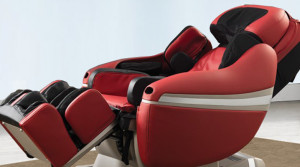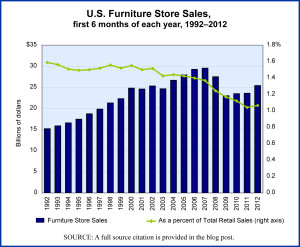According to the National Center for Education Statistics fall college enrollment in 2010 was 21.0 million. Enrollment declined to 20.2 million in 2014 but is projected to increase to 20.9 million in 2017. Today’s market size shows the total amount spent on back-to-college items by students and their families in 2010, 2014 and 2017. The figure for 2017 is projected. In 2017, back-to-college shoppers plan on spending the most on electronics ($12.8 billion), followed by clothing ($8.0 billion) and snacks and other food items ($7.5 billion). Spending on dorm and apartment furnishings came in fourth at $5.9 billion. Spending on school supplies ranked seventh at $3.9 billion.
Geographic reference: United States
Year: 2010, 2014 and 2017 projected
Market size: $45.88 billion, $48.48 billion and $54.18 billion respectively
Sources: Smith, Ana Serafin, “Back-to-School and Back-to-College Spending to Reach $83.6 Billion,” National Retail Federation Press Release, July 13, 2017 available online here; U.S. Department of Education, National Center for Education Statistics, “Table 303.10. Total Fall Enrollment in Degree-Granting Postsecondary Institutions, by Attendance Status, Sex of Student, and Control of Institution: Selected Years, 1947 through 2025,” Digest of Education Statistics: 2015, December 2016 available online here.
Original source: Prosper Insights & Analytics


